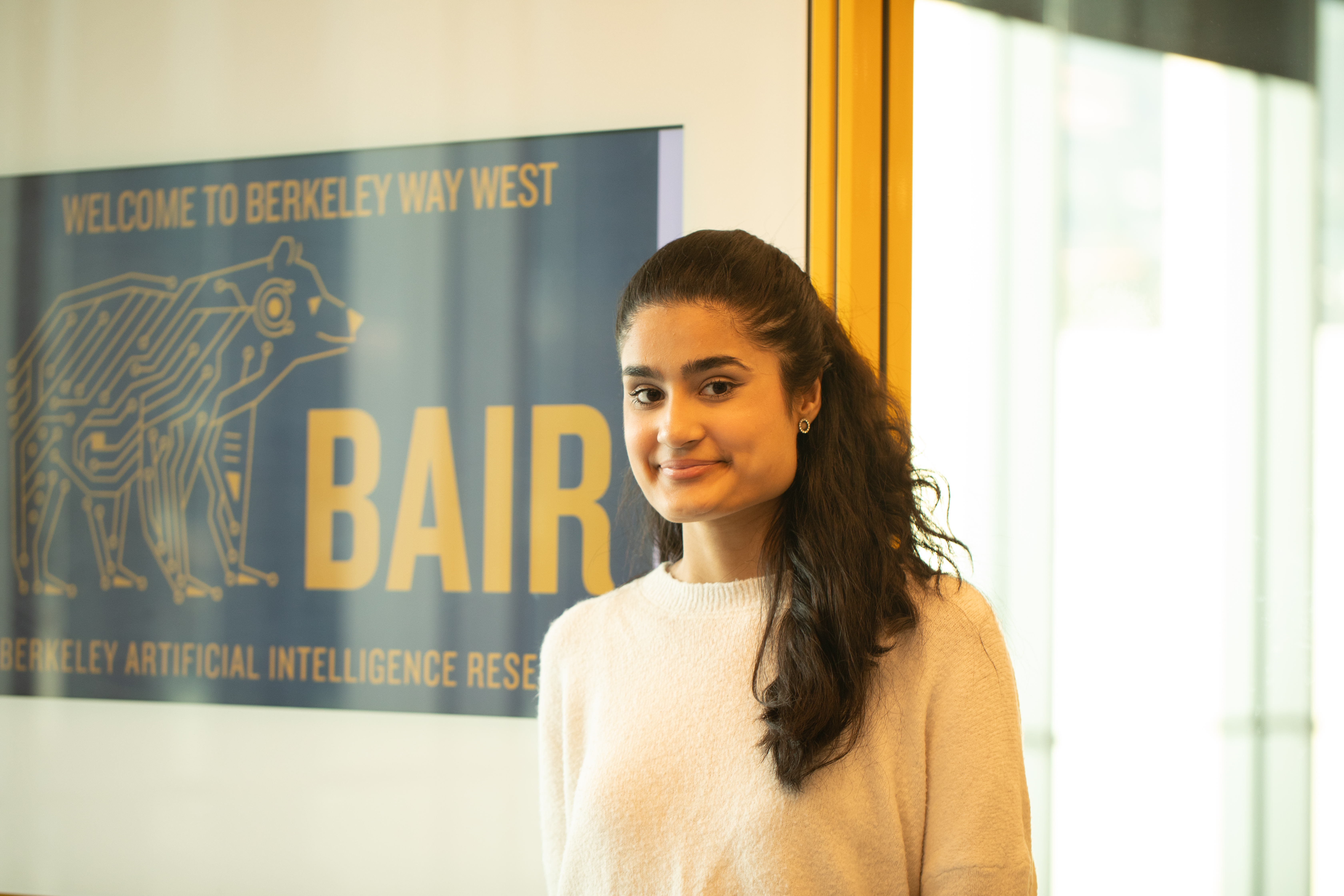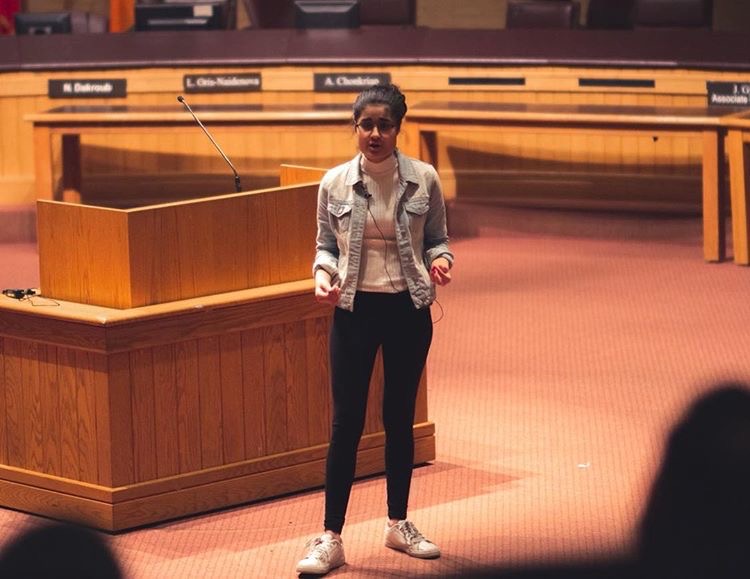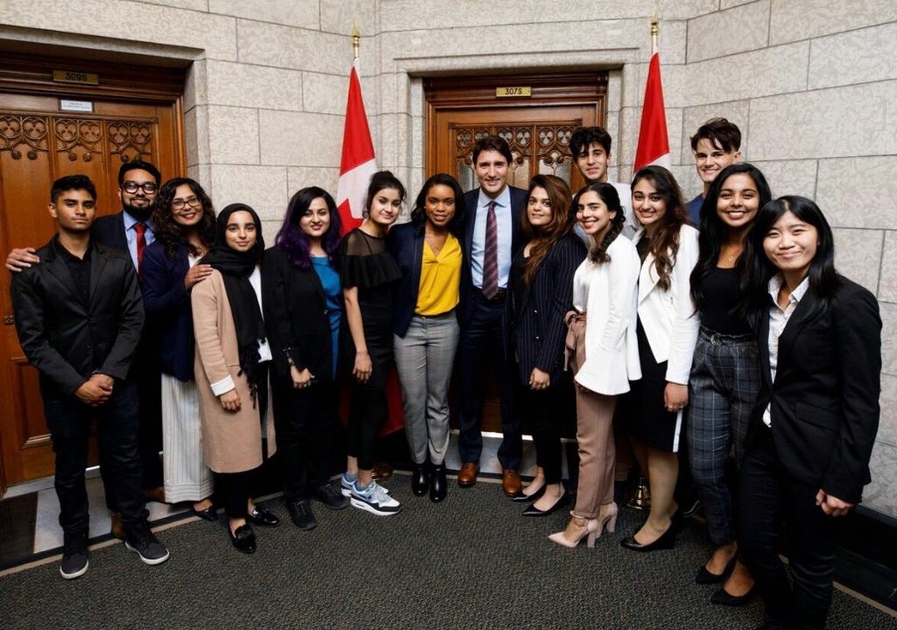(May 7, 2024) Growing up in Toronto, Alishba Imran carved a space for herself in the world of machine learning, robotics, and blockchain at the very young age of 18. About four years back, Alishba, who had zero knowledge about programming or coding back then, enrolled herself to join her school’s robotics team. While she faced several issues, her focus on learning, earned her the position of the lead programmer on the team. And there has been no turning back since then.
A few years after this incident, while on a service trip in India, the entrepreneur learned about the lack of medication in various rural parts of the country. To come up with a solution for this, Alishba taught herself blockchain coding and launched Honestblocks, a platform that tracks counterfeit medicine in the supply chain. Her codebase for the initiative has since been integrated into IBM and used globally. She then co-founded Voltx to accelerate the development of renewable energy storage devices using machine learning and physics models to accelerate the lab to commercialisation process for electrochemical devices.

“The biggest thing you can optimise for in life is people. Spend time exploring your interests, what you’re good at, and what brings you energy. I think the best things to work on are at the intersection of what you’re good at, what you enjoy, and are a way for you to create value for the world,” explained the Global Indian, who was recently named among Teen Vogue’s annual 21 Under 21 list of “changemakers, influencers, activists, and artists who have made a substantial impact in both their communities and the world.”
Making a difference
Born in a desi family, Alishba has always been connected to her roots. A brilliant student, the entrepreneur launched an app that uses blockchain to improve supply chain transparency to end counterfeit medication in developing countries when she was just 14. “As a child, I was always very curious and asked a lot of questions about how things work. From appliances around the house to vehicles and computers. At a young age, I found engineering and computer science very interesting because of how it technically challenged me and the vast applications to solve tangible problems,” the entrepreneur shared, “In middle school, I learned how to code and was one of the first girls to join the robotics team. That was really my first glimpse into learning about building something real. I was really excited because I would travel to global competitions to meet other people from different countries who were just as interested in technology and engineering as me.”


There are a lot of people in the tech industry trying to build the next big social media or note-taking app that will attract millions of dollars from big investors and bolster their company’s value,” said the entrepreneur, adding, “But I don’t think the end goal of any company should be based on its monetary value, but rather the value it brings to society.”
Addressing several major issues plaguing third-world countries, Alishba believes in using her skills to make a difference in society. “There are many urgent problems that need to be addressed in the world. The greatest challenges of our time — climate change, health care reform and finding ways to create sustainable energy sources. As young students and innovators, I think we have to continually ask ourselves: How do we put our talents and passions toward working on these hard problems?,” she said, “Finding the answer to that question, personally, has been a great motivation for me to dive deeper into my interests. And that has been a journey that has taken me around the world.”
Creating a better world
When she was just 17, Alishba founded her first company, Voltx, before which she worked with Tesla on research that could speed up the time it takes to manufacture battery cells using machine learning and physics models. “I moved to San Francisco to work full-time with my co-founder to find ways to scale the storage of batteries for solar panels and other applications, like electric vehicles (EV). I raised a pre-seed round of over $1 million for Voltx through venture capital investors. I am still continuing to build on this technology and research as a second-year student at Berkeley,” said the entrepreneur, who was also named among the Top 100 Most Powerful Women in Canada, in 2023.


Prime Minister Justin Trudeau recognised Alishba for her work
Speaking about her current projects, the entrepreneur said, “I’m currently co-authoring a textbook for O’Reilly Media, Machine Learning for Robotics with my colleague PG Keerthana Gopalakrishnan. Our aim is to make more accessible the processes of using deep language learning models to build robotics that can change the way we live.”
- Follow Alishba Imran on her website




